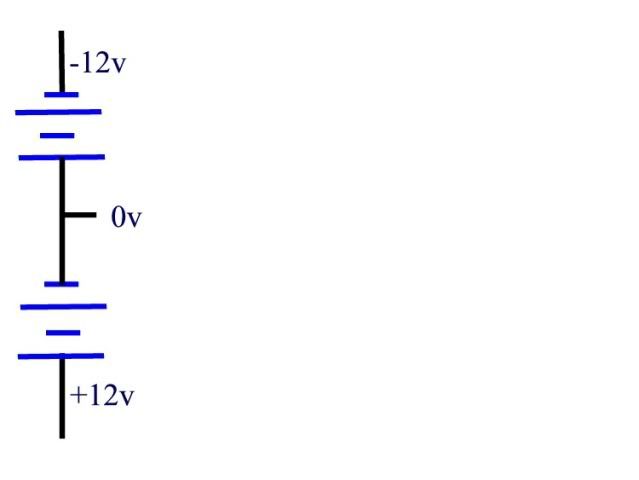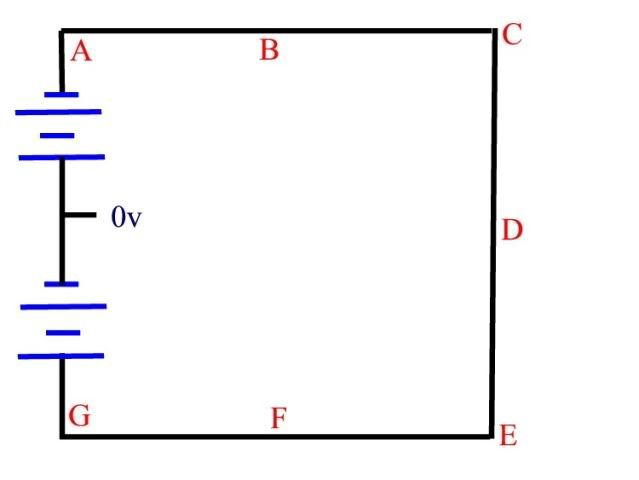Regarding David's answers to my questions:
Example 1: 12 volt source with 0 ohm circuit, current = infinity
Example 2: 480 volt source with 0 ohm circuit, current = infinity
Looks like ohm's law has gone out the window. Raising the voltage saw no corresponding increase in current.
Ohm's law at the extreme edge of theory fails.
Crossman gary,
No, you are still not grasping Ohm's law. Ohm's law does NOT say that increasing the voltage in the circuit will increase the current in the circuit. What Ohm's law says is "the current through a conductor between two points is directly proportional to the potential difference or voltage across the two points, and inversely proportional to the resistance between them." In other words, both the potential and resistance are acting on the current at the same time.
If the potential is zero, then current cannot flow in the circuit, and it does not matter what the resistance is. The resistance can be anywhere from zero (short circuit) and infinity (open circuit) and the current in the circuit will always be zero.
If the potential is not zero, but is constant, then a change of the impedance in the circuit will change the current in the circuit. The impedance can anywhere from infinity (open circuit,) where zero current will flow, to zero (short circuit) where infinite current will flow.
Lets take an example of an "ideal" adjustable potential source (with no internal impedance,) an adjustable impedance source, and "ideal" conductors completing the circuit. Lets say we start the source at 480V, and the load at 1 Ohm. The current will be 480 Amps. Now lets reduce the voltage to 120V, the current will be 120 Amps. Now, reduce the load from 1 Ohm, to 0.25 Ohm - the load current will go up to 480 Amps, and if we then return the voltage to 480V, the current will go up to 1920 Amps.
Now with the voltage still at 480V, lets drop the load to 0.001 Ohms. The current will become 480,000 Amps. If the load drops to 0.0000023 Ohms, then the current will become approx. 208,695,000 Amps. If at this point, we then reduce the voltage to 120V, the current becomes 52,173,913 Amps. If from this point, we keep lower the impedance, the current will continue to rise, until we reach 0 ohms (short circuit) and the current flowing in the circuit will be infinite. If we then change the voltage again, changing if from 120V to 75V, the current will not change, because ohm's law says the current will be proportional to the voltage AND inversely proportional to the resistance. Since the 0 ohms resistance has not changed, the current has not changed. This is in keeping with Ohms law, not in contradiction to Ohms law.
And finally, if we take our circuit in its current state, 75Volts and 0 ohms impedance, with infinite current flowing, and turn the voltage down to zero, the current in the circuit will be zero. Both parts of Ohm's law must be applied to any circuit - the proportionality to the voltage and the inverse proportionality to the impedance.


